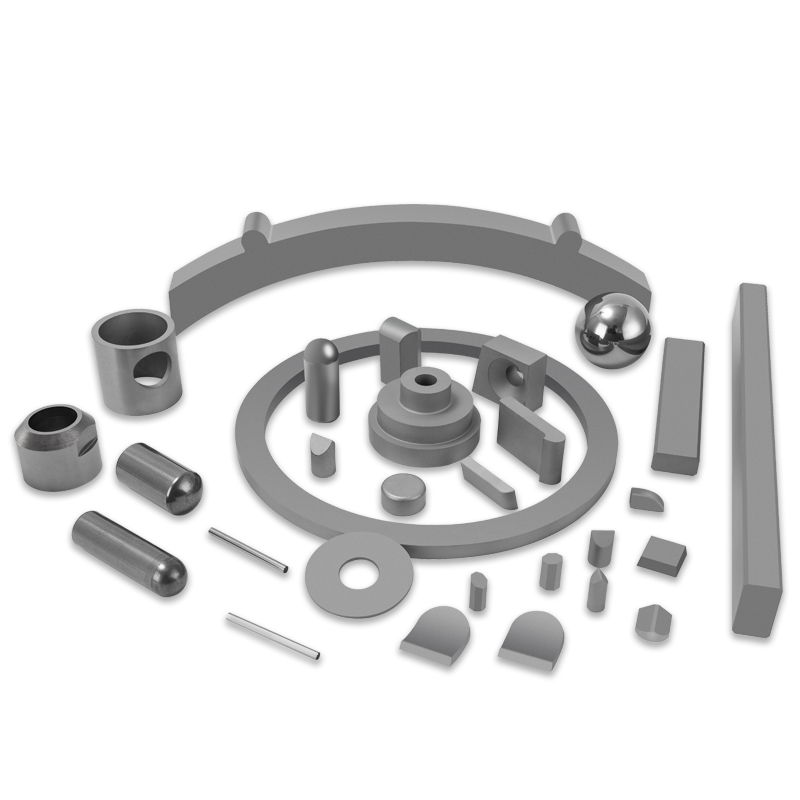How Tungsten Carbide Stamping Dies are Revolutionizing Precision Manufacturing
Industry News-Understanding Tungsten Carbide Stamping Dies
Tungsten carbide stamping dies are used in the stamping process to shape or cut metal sheets into specified shapes and sizes. The dies are made from tungsten carbide, which is a material known for its hardness, wear resistance, and longevity. The compound is made by combining tungsten and carbon at high temperatures, resulting in a material that is not only incredibly hard but also resistant to abrasion and deformation.
Tungsten carbide dies are essential in operations where precision is paramount. Whether it’s the automotive, aerospace, or electronics industries, manufacturers require tools that can maintain sharpness and durability under extreme conditions. Tungsten carbide stamping dies fulfill these needs perfectly, ensuring high-quality, precise components are produced.
The Advantages of Tungsten Carbide Stamping Dies
Exceptional Hardness and Wear Resistance: Tungsten carbide is one of the hardest materials available, surpassing tool steels in hardness by a significant margin. This hardness allows tungsten carbide stamping dies to maintain sharp cutting edges over extended periods, making them ideal for high-volume production. Their wear resistance also reduces the need for frequent die replacements, ultimately lowering operating costs.
Precision and Consistency: In industries where precision is crucial, such as the production of intricate automotive or aerospace parts, tungsten carbide stamping dies deliver outstanding accuracy. They can create parts with tight tolerances, ensuring that every component is uniform and meets the required specifications.
Reduced Tooling Costs: While tungsten carbide dies may have a higher initial cost compared to other materials, their longevity and reduced maintenance needs often result in overall savings. Fewer die changes and less downtime mean that manufacturers can increase productivity and reduce tooling costs over time.

Versatility: Tungsten carbide stamping dies are versatile and can be used to stamp a variety of materials, including metals, plastics, and composites. Their ability to handle tough materials without losing performance makes them indispensable in industries that require versatility in their stamping processes.
Key Industries Benefiting from Tungsten Carbide Stamping Dies
Automotive: The automotive industry relies on precision and durability for components that must withstand harsh environments. Tungsten carbide stamping dies are used to produce a variety of parts, from small connectors to large chassis components, ensuring high-quality, durable components that meet strict automotive standards.
Aerospace: Aerospace manufacturers require precision-engineered components that must meet the highest standards of safety and reliability. Tungsten carbide stamping dies ensure the production of critical components like turbine blades, engine parts, and landing gear with unparalleled accuracy and durability.
Electronics: In the electronics sector, tungsten carbide stamping dies are used to create parts such as connectors, capacitors, and other small components. The precision and sharpness of tungsten carbide dies allow for the production of intricate parts that are essential for the functionality of electronic devices.
Medical Devices: The medical industry demands highly reliable and precise components. Tungsten carbide stamping dies are used to produce parts such as surgical instruments, diagnostic devices, and implants, where the exact specifications are crucial to ensure the safety and efficacy of the products.


 English
English русский
русский





